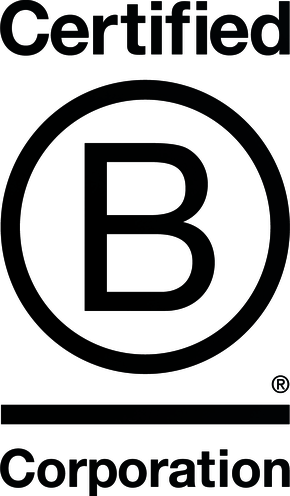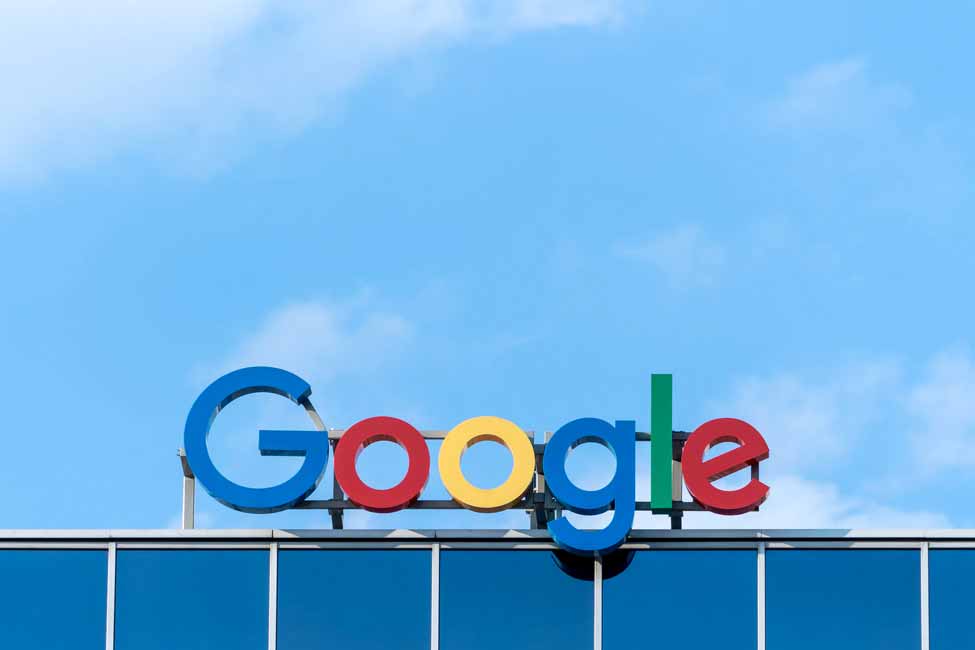[et_pb_section fb_built=”1″ admin_label=”section” _builder_version=”3.22″][et_pb_row admin_label=”row” _builder_version=”3.25″ background_size=”initial” background_position=”top_left” background_repeat=”repeat”][et_pb_column type=”4_4″ _builder_version=”3.25″ custom_padding=”|||” custom_padding__hover=”|||”][et_pb_text admin_label=”Text” _builder_version=”3.27.4″ background_size=”initial” background_position=”top_left” background_repeat=”repeat”]Update: Since posting this article (yesterday!), there has already been new discovery as to how the new ad format will impact results and campaigns. SearchEngineLand.com put together an article on some of the findings so far (check it out here). What we found interesting? Position 3 actually had the most positive change as a result, with a 15% increase in CTR. Keep checking back for more details as we learn more.
Last Friday, February 19th, Google confirmed that they will stop showing ads on the right-hand side of desktop SERPs worldwide. Google right side ads on tablets were removed during Q4 and there’s been no mention of change for mobile ads. This change is already taking place and is, reportedly, to be fully rolled out by February 24th.
The two exceptions to this change are 1) Product Listing Ads and 2) ads in the Knowledge Panel, which will continue to show to the right of and/or above organic results as they have previously. Ads will also continue to be eligible to show in the three ad positions at the bottom of page.
In addition to removing ads along the right side, Google will now show four ads in top position above organic results for what it deems are “highly commercial queries.” Examples of these are queries related to hotels and insurance, however it’s probably safe to imagine that Google will continue to test what falls into this category.
In summary, highly commercial queries on desktop SERPs will now have seven ad positions (four on top and three on bottom). Normal search queries on desktop SERPs will now have six ad positions (three on top and three on bottom).
We’re in direct communication with our representatives at Google and the bid management platforms we partner with to understand and develop any new best practices and strategies that may result. At the moment, we’re cautiously optimistic that the overall effect will be positive.
Here’s our thinking:
- Google is a public company interested in maximizing revenue and profit, which it can do very effectively by increasing the amount of money it gets from its’ advertisers.
- Google is also a smart company, and realizes that its’ advertisers will increase the amount of money they invest in Google ads only if they themselves are able to capture a profitable return from the ads.
- Therefore, it’s in Google’s best interest to ensure that any changes to the ad platform ultimately increase the profitability of the advertisers, thereby encouraging them to spend more on Google ads.
Given the nature of the change, Geary LSF will be monitoring campaigns very closely over the coming months. The most common concern is a drop-off in impressions and/or increase in CPCs as advertisers compete for more limited ad space, so we’ll be paying extra attention to these metrics. We’ll also be watching for changes down the funnel to CTR, click volume, conversion rate, conversions, CPA and ROI (if applicable), and making adjustments & optimizations accordingly.
Although we may experience fluctuations in impression volume and increases in CPCs, we expect that CTRs and conversion rates will increase as searchers’ decisions are based on a smaller consideration set and that the overall effect will be positive.[/et_pb_text][/et_pb_column][/et_pb_row][/et_pb_section]




